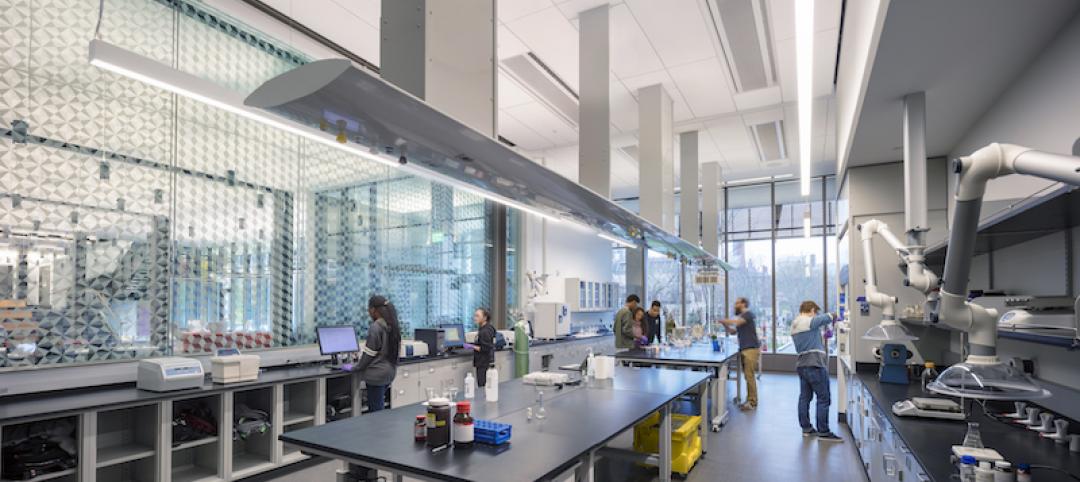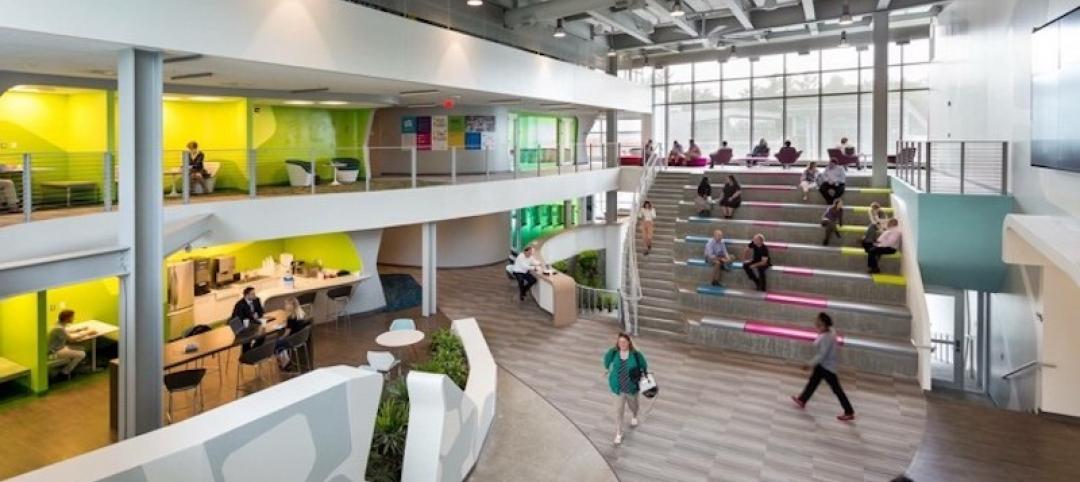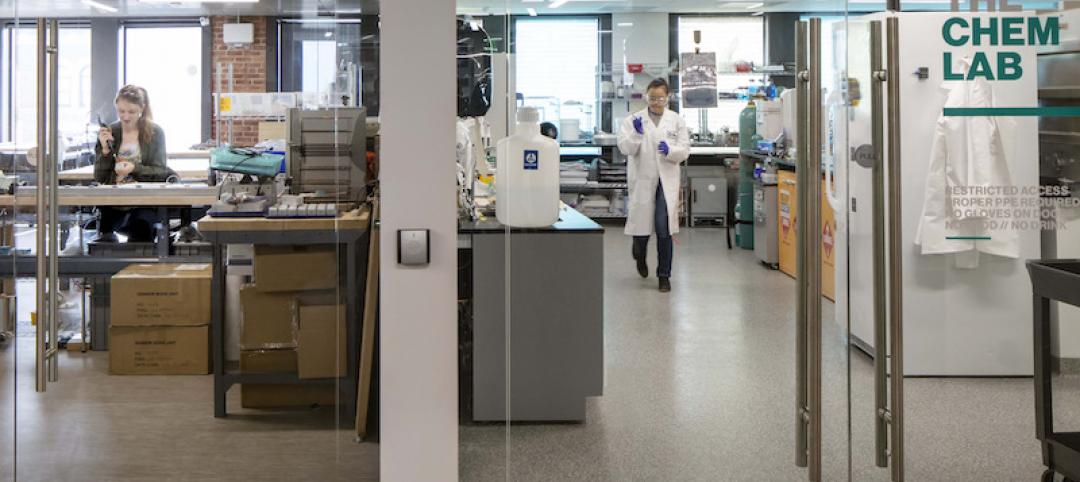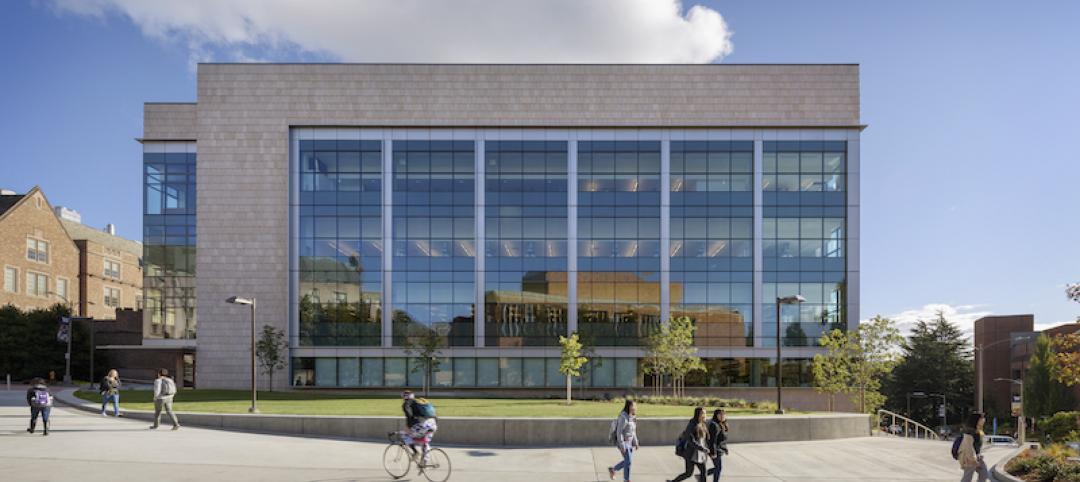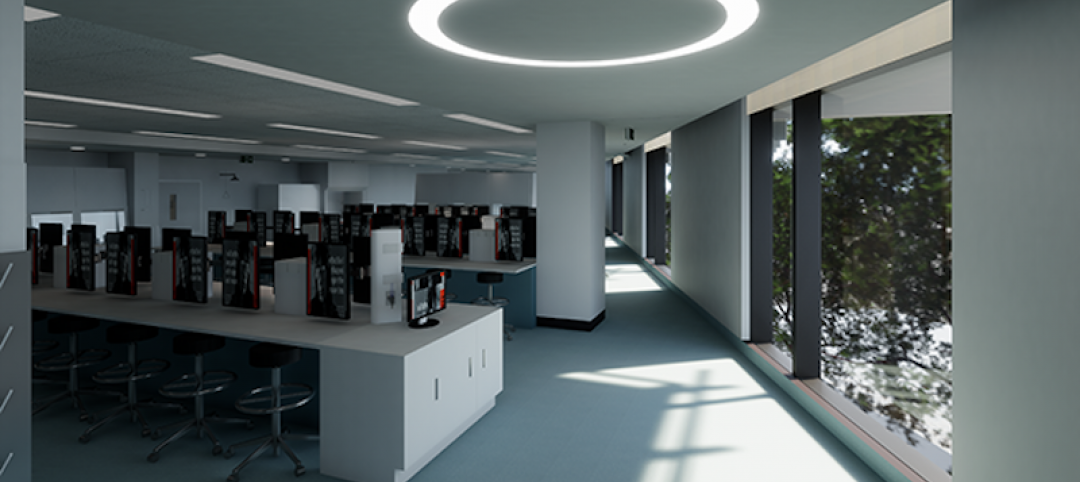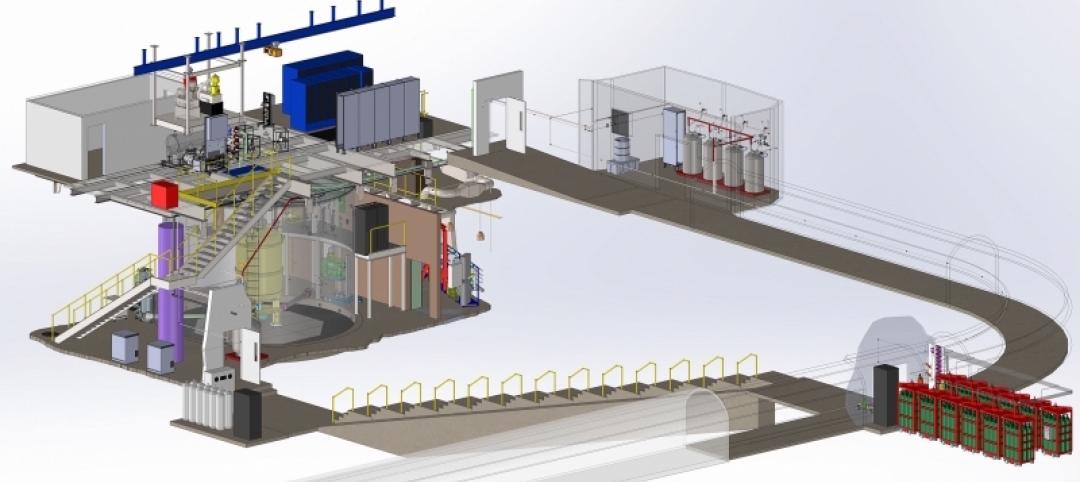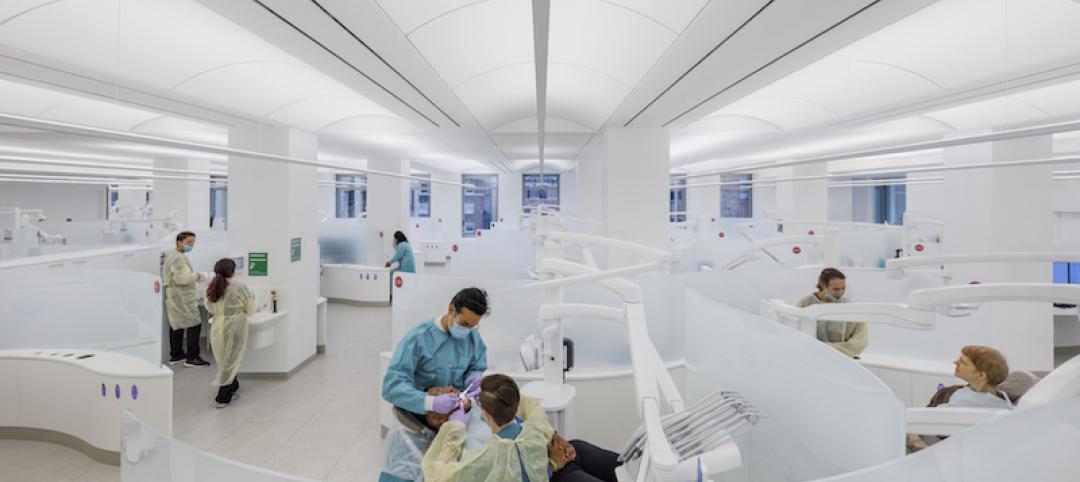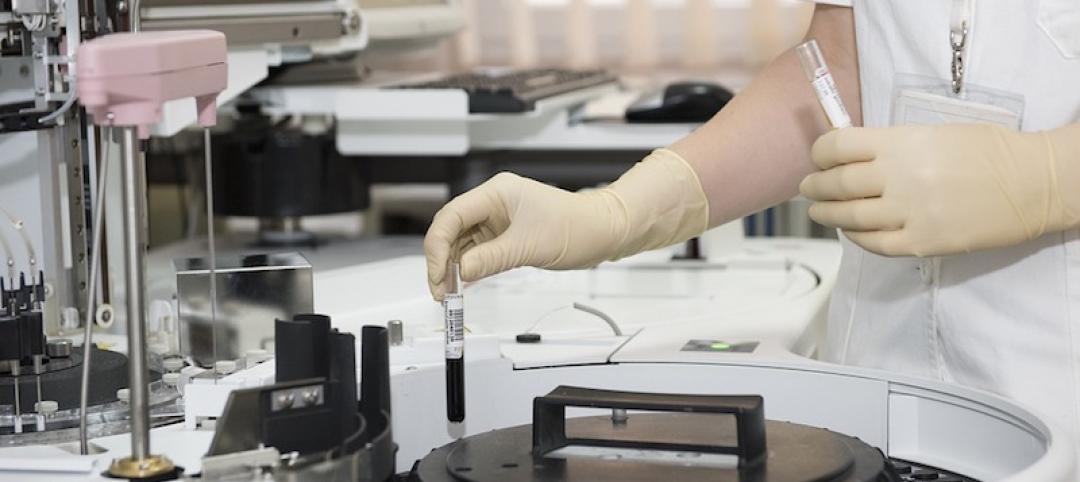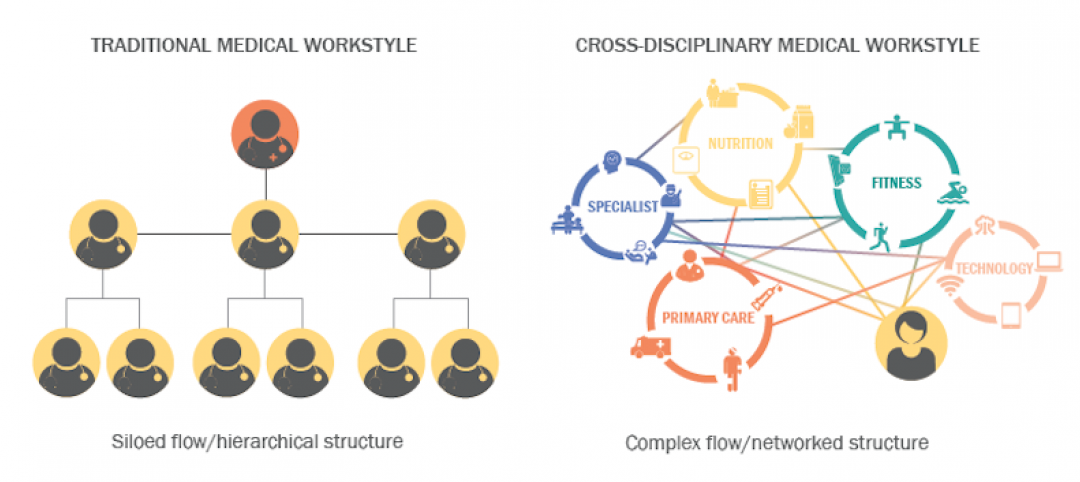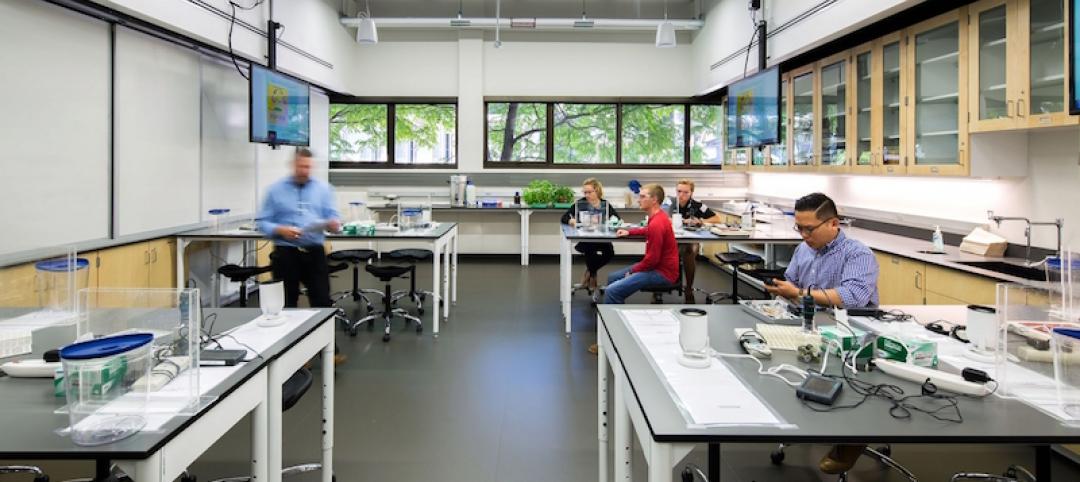Shorter research and development (R&D) timelines, ongoing cost pressures and sudden shifts in research priorities are driving new trends in lab design and location. Flexible space and access to talent are the keys to agile R&D, according to a new report from JLL, Journey to the next gen lab.
The average return on R&D investments among large biopharmaceutical firms has declined dramatically from 10.1% in 2010 to a paltry 3.2% in 2017. In the race for breakthrough innovations, companies are seeking collaboration and more flexible facilities.
“As a result of organizational cost pressures and a stronger focus on shortening the product lifecycle, R&D real estate is becoming multiuse,” says Roger Humphrey, Executive Managing Director and leader of JLL’s Life Sciences group. “The result is a drive toward highly flexible and attractive workplaces that appeal to not only scientific, but technical talent.”
Through interviews with executives at 15 leading biopharmaceutical and medical device companies, JLL has uncovered three trends pointing toward the future laboratory space.
1. Designing for flexibility and collaboration
Amidst rapidly shifting research priorities, scientists need space that can be easily reconfigured to accommodate different kinds of research and facilitate interaction with colleagues. Mobile benches and unassigned workspaces, for example, allow for fast changes in personnel and the type of work being performed. As one executive said, “Scientists want to have the flexibility that allows them to get their studies done as quickly as possible.”
“Behind the scenes, flexibility begins with infrastructure,” Humphrey said. “For example, you can hang retractable electrical cords from the ceiling so you’re not limited to placing equipment against a wall. You can build thick floor slabs into the laboratory corridors and hide technical infrastructure behind a façade so you can easily move people and equipment.”
2. Less wet lab, more computational science space
As R&D undergoes digital transformation, the science has become increasingly integrated with data and analytics. Once the dominant space for life sciences research, wet labs are shrinking while flex space and office space for computational science are growing as scientists spend more time analyzing data.
“A traditional R&D facility would consist of mostly lab space and a small proportion of office,” Humphrey said. “In a few years, those proportions will likely shift to equal parts web labs, flex space and office space for the data scientists.”
3. A focus on talent recruitment and retention
As illustrated in JLL’s annual Life Sciences Outlook report, biopharmaceutical companies have intensified their drive to be near leading academic research centers and the supportive R&D ecosystems that surround them. Despite high rents, cities like San Francisco, San Diego and Boston continue to attract leading companies that want access to resources and talent—including both laboratory scientists and the data scientists needed to work with today’s voluminous data.
The need for talent is also driving a growing focus on amenities, aesthetic appeal, state-of-the-art equipment and attention to sustainable design. Rather than hiding R&D space deep inside a facility, some biopharmaceutical companies are creating lab spaces on the perimeters of their facilities to showcase their cutting-edge technologies and abundance of natural light.
“We’re seeing a growing trend toward creating engaging, attractive labs and office workplaces,” Humphrey said. “The goal is to inspire creativity and foster well-being, with natural light, rich amenities and comfortable places for formal or informal collaboration.”
Related Stories
University Buildings | Jul 5, 2018
Brown University’s Engineering Research Center increases the university’s School of Engineering lab space by 30%
KieranTimberlake designed the facility and Shawmut Design and Construction was the general contractor.
Laboratories | Jun 18, 2018
A Massachusetts research building is the first to meet WELL’s Gold standard
Design changes in lighting and HVAC systems were required to meet compliance criteria.
Laboratories | May 21, 2018
Virtual Design and Construction Technology helped design MIT’s new accelerator facility
SGA designed the incubator space.
University Buildings | Feb 16, 2018
The University of Washington receives a new Nanoengineering and Sciences Building
The building marks the second phase of a 168,000-sf complex.
Laboratories | Feb 15, 2018
Mass science: Superlab design best practices
What are superlabs? And what makes for a superbly designed superlab?
Reconstruction & Renovation | Feb 7, 2018
Renovations begin on an underground facility that is investigating the nature of dark matter
This LEO A DALY-designed project makes way to produce the world’s most sensitive detector to this point.
Healthcare Facilities | Jan 6, 2018
A new precision dental center embodies Columbia University’s latest direction for oral medicine education
The facility, which nests at “the core” of the university’s Medical Center, relies heavily on technology and big data.
Giants 400 | Dec 13, 2017
Top 45 science + technology architecture firms
HDR, HOK, and Interior Architects top BD+C’s ranking of the nation’s largest science + technology sector architecture and AE firms, as reported in the 2017 Giants 300 Report.
Healthcare Facilities | Nov 6, 2017
Design isn’t enough to foster collaboration in healthcare and research spaces
A new Perkins Eastman white paper finds limited employee interaction at NYU Winthrop Hospital, a year after it opened.
Laboratories | Sep 22, 2017
Designing for how we learn: Maker spaces and instructional laboratories
Here is how the See + Hear + Do = Remember mantra can be applied to maker spaces and instructional labs.



